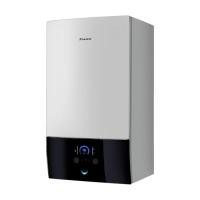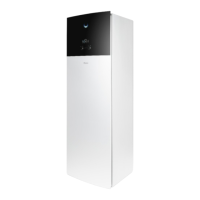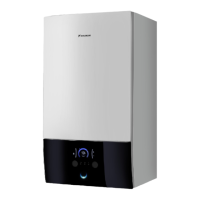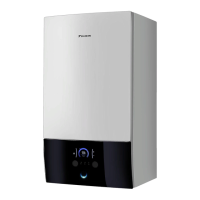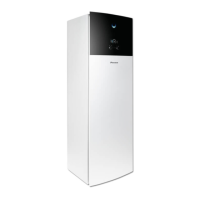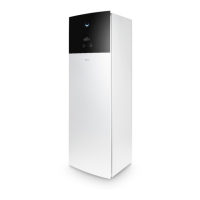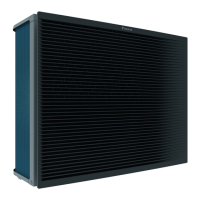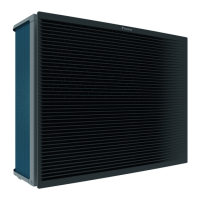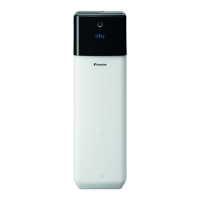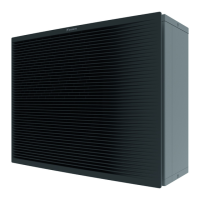
Do you have a question about the Daikin Altherma 3 H HT and is the answer not in the manual?
| Type | Air-to-water heat pump |
|---|---|
| Energy Efficiency | A+++ |
| Refrigerant | R-32 |
| Max. Leaving Water Temperature | 70°C |
| Heating Capacity | Up to 16 kW |
| Operating Temperature Range | -25°C to 35°C |
| Sound Power Level | Up to 61 dB(A) |
General safety instructions and precautions specifically for installers.
Instructions on setting up various power consumption control methods.
Guidance on selecting and preparing the installation location for the unit.
Specific requirements for the installation site of the outdoor unit, including spacing and placement.
Specific requirements for the installation site of the indoor unit.
Detailed instructions for mounting the outdoor unit.
Step-by-step instructions for physically installing the outdoor unit onto the structure.
Detailed instructions for mounting the indoor unit.
Requirements and procedures for preparing the water piping for the system.
Step-by-step instructions for connecting the water piping to the units.
Critical precautions to follow before and during electrical wiring connections.
Step-by-step guide for connecting electrical wiring to the outdoor unit.
Procedure for connecting the main power supply to the indoor unit.
Guide to using the configuration wizard for initial system setup.
Steps to restart the configuration wizard for initial system setup.
Setting up power limitation based on continuous values or digital inputs.
Enabling and configuring power consumption control modes.
Overview of the commissioning process for the installed system.
Introduction to the chapter describing system commissioning procedures.
Important safety precautions to take before starting the commissioning process.
A checklist of items to verify after installation and before commissioning.
A checklist of essential checks to perform during the commissioning process.
Procedures for performing air purge manually or automatically to remove air from the water circuit.
How to perform test runs to verify unit operation and temperatures.
Critical safety precautions to follow before performing any maintenance or service.
Introduction to the chapter on identifying and resolving system problems.
Important safety precautions to follow before starting troubleshooting.
Guidance on troubleshooting issues based on observed symptoms.
How to interpret and resolve issues based on error codes displayed by the unit.
